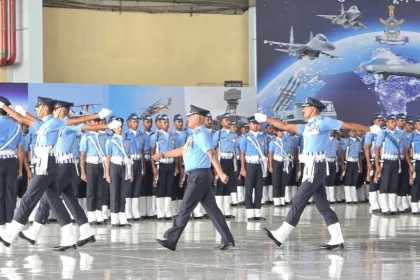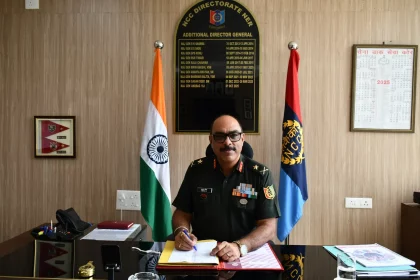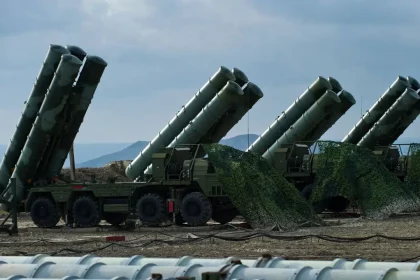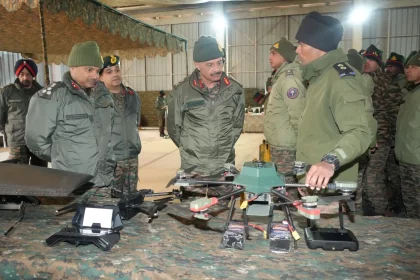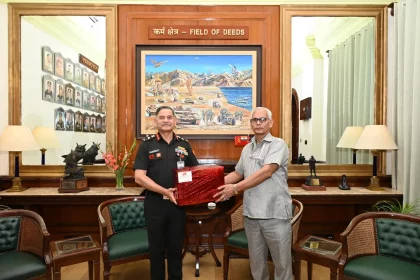Indian Air Force Conducts Full Dress Rehearsal Ahead of 93rd Anniversary
IAF personnel showcase discipline and precision during full dress rehearsal ahead of 93rd anniversary.
Major General Anurag Vij Assumes Charge as Additional Director General, NCC Directorate North Eastern Region
Veteran Artillery Officer with 35 Years of Distinguished Service Takes Over Key Youth Leadership Role in the Northeast.
India, Russia in Talks to Acquire Five More S-400 Air Defence Systems
India, Russia discuss purchase of five more S-400 systems to strengthen air defence along northern and coastal frontiers.
India Issues NOTAM Ahead of Likely Missile Test in Bay of Bengal
Medium- or intermediate-range missile test planned in Bay of Bengal from October 15–17, following Agni-V success.
Indian Army’s Fire & Fury Corps Organises ‘Drone Yodha Competition’ in High-Altitude Ladakh
High-altitude drone competition in Ladakh highlights advanced technologies and tactical innovations.
General Upendra Dwivedi Felicitates Civil Staff for Dedicated Service and Excellence
COAS honours civil staff for decades of dedicated service, upholding Army values of discipline and pride.

